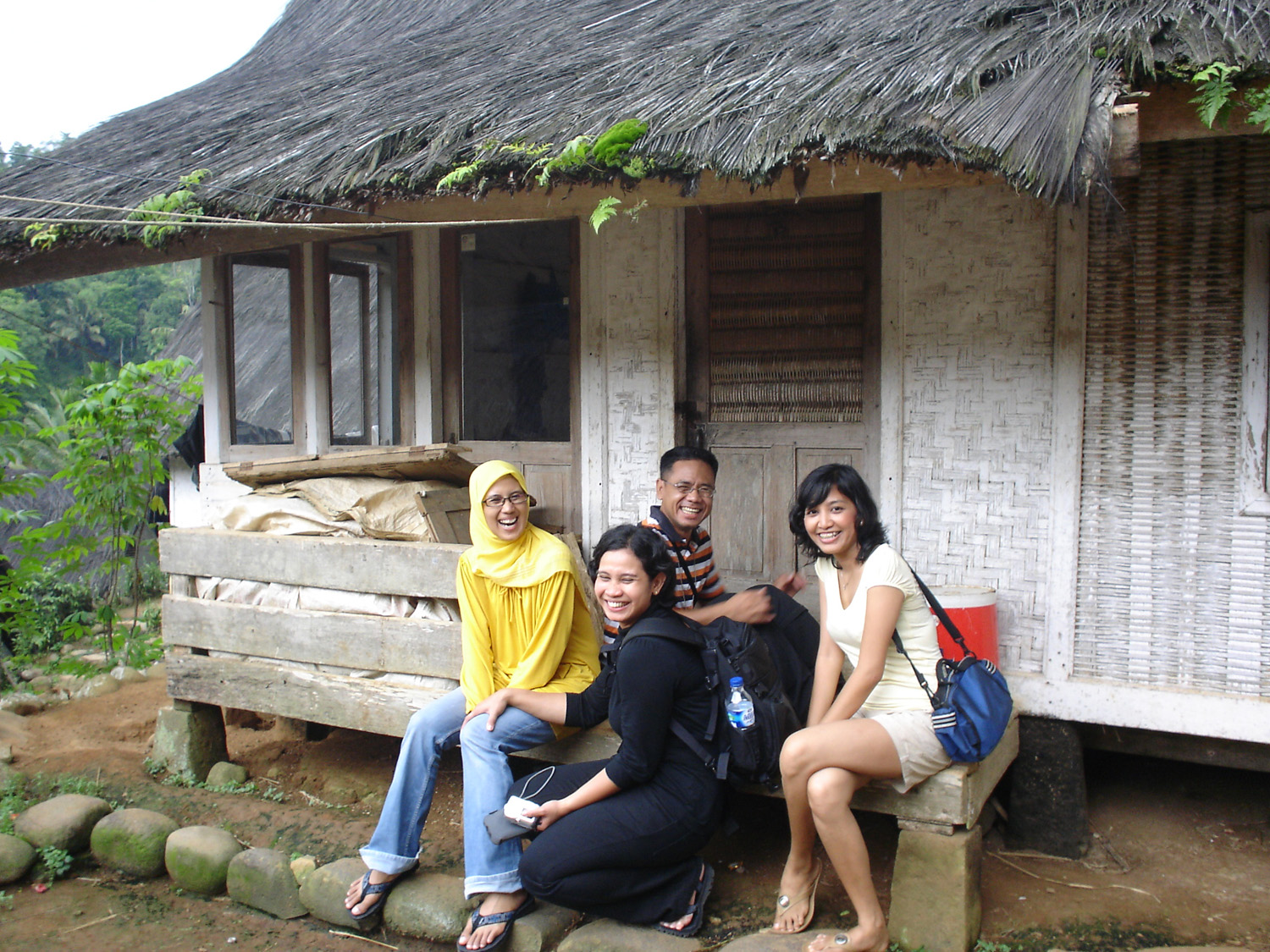

In 1336, someone did a bit more than just jotting down facts about his destination. WHY WE LIKE TO WRITE AND READ ABOUT TRAVELLING This work is seen as a truthful report of things, complemented with (not always correct) information he collected through hearsay. There were also a lot of military explorations that informed more about strategic issues.Ī well-known travel writer in those times was Marco Polo from Italy, who wrote (or let someone else write) about a Venetian traveller on his way to China and the Mongol Empire in the work ‘ Il milione‘ (‘ The million‘, 1298). And the best ways in which to approach them. That is why most travel stories were purely intended to inform about the different nature and culture of inhabitants they met. There came a shift in stories type, as there was much curiosity about explorations and voyages to unknown destinations. The history of travel literature evolved even more at this point. They started to realize that there was a whole other world outside their own. You can’t really call them travel stories, as they didn’t tell much about the actual environment.Īfter the crusades, new stories and information reached the people. They were mostly quests (for the Holy Grail or for personal development) or texts with a mainly Christian/spiritual focus. Stories were usually a colourful mix of facts and impossible events. In Medieval works, it showed that people had very little knowledge about the world around them. It was about the expedition of a Persian prince against his brother, King Artaxerxes II and the Greek troops travels through Asia back home to Greece. Greek writer Xenophone wrote ‘Anabasis’ around 431-355 BC. The Latin work ‘ Commentarii dé bello Gallico‘ by Julius Caesar reported his journey during the Gallic War. by Homer? This poem recounted Greek hero Odysseus’ long journey home after the fall of Troy. But how about the famous travelogue ‘ Odysseia‘ (‘ Odysey‘) from 8B.C. Throughout the history of travel writing, you might not categorize some of the historical tales as travel stories. TRAVEL WRITING DURING CLASSIC AND MEDIEVAL TIMES What different types of travel writing are your favourite to read? You can find travel writing in books, magazines and of nowadays also online. It may range from documentary to the evocative, from literary to journalistic and from humorous to serious. That said, in all travel writing, the focus lies on accounts of real or imaginary places. Most of the time, it is also not known who commissioned the story in the first place. This is because we don’t know the accuracy of the information and motif of the story.

With old stories, it’s hard to distinguish between a travel story or a travelogue.

travel stories (a realistic narration about a journey, meant for a wider audience and usually with a certain literary value to it).travelogues (journal/itinerary style, actual reports about someone’s trip).When we’re talking about travel writing, there are a couple of distinctions to be made.


 0 kommentar(er)
0 kommentar(er)
